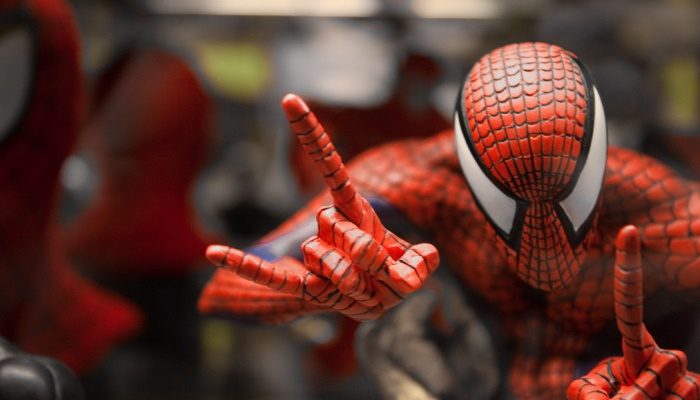
Hollywood 9/11: Superheroes, Supervillains and Super Disasters
By Tom Pollard
Routledge, 2012
It is complicated—if not impossible—to deal with the superhero genre without talking about the United States and its millennial paradigm. Even when we talk on a global scale, and even if superheroes are but a modern metamorphosis of ancient heroes and folklore, there is no denial that it was the American lifestyle during the Interwar period that took them a little further. Superheroes became a successful branding case: they have their logo, slogan and catchphrase – a strong brand name.
Yet, it was 9/11 that wrought the new way in which heroes would be shown on the big screen. Before the terrorist attacks, superhero movies were hard to come by. Christopher Reeves’ Superman and Tim Burton’s Batman may be the only two successful exceptions—with a few others that did not make it big, including early versions of The Punisher, The Fantastic Four and Captain America. Of course, there were others, like Blade, that were somehow… Meh at best. But on the brink of the turn of the century, the long awaited X-Men and Spider-Man hit the big screen. One could say that 9/11 was a symbolic birth of superhero movie genre.
In the book Hollywood 9/11: Superheroes, Supervillains and Super Disasters, Tom Polland examines the impact of 9/11 on movies, from horror to sci-fi. The very titles of the chapters in the book are a reflection of what his work is all about. “Grief”, “Terror”, “Paranoia” and “Vengeance” are some of the terms used by the author to illustrate his approach. Following Charles Darwin’s sequence of fear and anger as the most intimate human reactions, Pollard constructs his insights on the protagonists, villains and plots.
Despite the fact that the author makes a good compendium of post-9/11 releases, the sensation is that the book is more a guide than an actual thesis. It seems that whenever he is called up to make a polemic statement, he takes a step back and continues to analyse movie scripts.
One thing that called my attention is the assumption that every post-9/11 movie might have been influenced by the terrorist attacks—almost as if socio-cultural paradigms would be unable to shift by themselves. This denies the very essence of the often-cited Darwinism the author bases his work on. I do not think we can be that generic because new forms of social interaction and technological development have helped shape the 21st century as well. While criticizing how impossible a mutant like the X-Men would be for Darwin’s theory, it seems that the author falls under this own trap when suggesting that 9/11 was the point where everything changed abruptly.
And it is in that area a few mistakes are made, most of them regarding Batman. Some dates and titles are tagged with wrong dates or plot twists – and even movies never produced. The accuracy of the book is impeccable; but why is Batman the only one to take the fall? Ironically, it is the superheroes’ chapter that suffers the most. It seems that the author is a big fan of cinema, but did not watch all of movies. For example, by talking about militarism and Americanisms against warlords and religious extremist, how can you leave The Punisher out of the picture?
When it is suggested that superheroes represent the American people and are deeply rooted into the American subconscious, I have to respectfully disagree. Although superheroes as we know nowadays are, indeed, a by-product of Americanism, the hero archetype—including ancient gods and other fantastic characters from literature and folklore, such as Hercules, Dr. Van Helsing or Robin Hood—represents Men from times before any traces of Americanism could exist. Heroes were born and shaped deep within human existence, since early tribes to present days. Hollywood and comic books may have translated them for the modern day, but they are more than just an “American way of life”. They contain traces of something far more affective, otherwise it would be very difficult for a teenager outside of the USA to identify with such characters.
However, this does not diminish the value of his work. The way the author describes how characters and stereotypes have evolved since 9/11 and how some plots deal with new security threats are very accurate. The sense of community among Americans post-9/11 echoes in those movies, as protagonists ceased to work solely by themselves and begin working together. Every character has something special, which carries the message that if we all do our part and acknowledge that we are not fully complete—as some of the early macho protagonists might suggest—maybe we can come together and deal with our issues. Think about The Avengers, Teenage Mutant Ninja Turtles and Guardians of the Galaxy, and how every hero is singular in his/her own way.
From documentaries to Team America, the rich material that Pollard describes might help one understand what entertainment in the new millennium—which unofficially kick-started with the falling of the Twin Towers—is grounded upon. Perhaps Darwin can help us estimate where it is heading. Maybe Hollywood genes may jump forward a few millennia and abruptly change the course of movie writing – again.